The Independent's journalism is supported by our readers. When you purchase through links on our site, we may earn commission. Why trust us?
How to ease hay fever symptoms, according to an expert
Suffering from a headache, sore throat and puffy eyes? Try these solutions to treat allergies
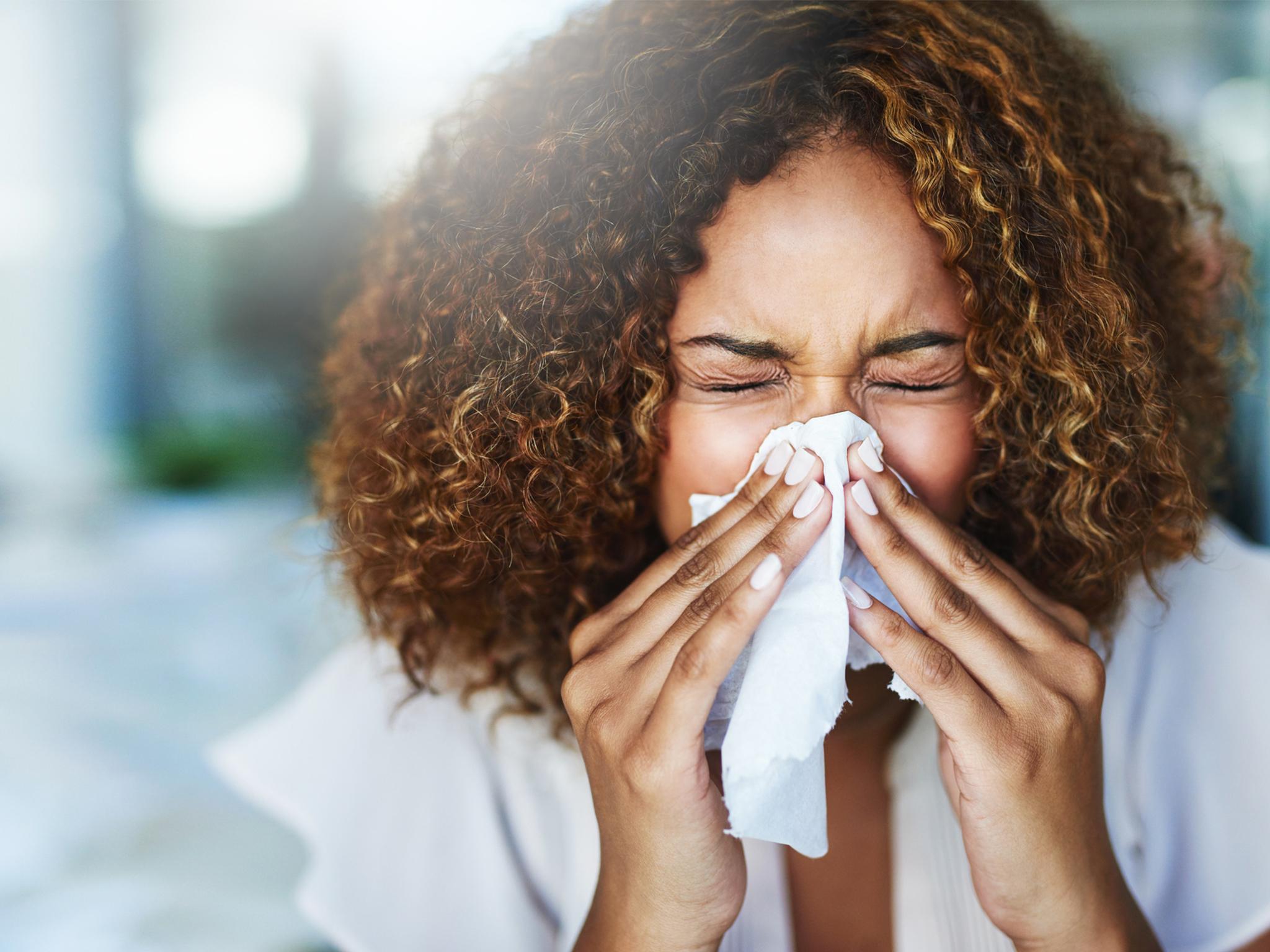
Your support helps us to tell the story
From reproductive rights to climate change to Big Tech, The Independent is on the ground when the story is developing. Whether it's investigating the financials of Elon Musk's pro-Trump PAC or producing our latest documentary, 'The A Word', which shines a light on the American women fighting for reproductive rights, we know how important it is to parse out the facts from the messaging.
At such a critical moment in US history, we need reporters on the ground. Your donation allows us to keep sending journalists to speak to both sides of the story.
The Independent is trusted by Americans across the entire political spectrum. And unlike many other quality news outlets, we choose not to lock Americans out of our reporting and analysis with paywalls. We believe quality journalism should be available to everyone, paid for by those who can afford it.
Your support makes all the difference.Sunny skies and hot weather are warmly welcomed, but the heat can also bring an increased pollen count, which will wreak havoc among hay fever and allergy sufferers. As temperatures rise, the tree pollen count will do so as well, meaning little respite.
Hay fever isn't enjoyable for anyone, and having a runny nose, itchy throat and headache can easily spoil a pleasant day meeting friends for a socially distanced barbecue or picnic.
According to the NHS, symptoms generally get worse between late March and September, and around a fifth of the population suffer from hay fever, with research predicting that the UK’s rates are expected to double by 2030.
You can check the pollen forecast in your local area on the Met Office website, so you’re not caught out by a particularly bad day.
Read more:
But, luckily, we’re here to help you get ahead of it. We asked Dr Beverley Adams-Groom, chief pollen forecaster at the University of Worcester, for her top tips for reducing those dreaded symptoms.
You can trust our independent round-ups. We may earn commission from some of the retailers, but we never allow this to influence selections, which are formed from real-world testing and expert advice. This revenue helps to fund journalism across The Independent.
Be prepared ahead of time
“We strongly advise people to take medication a week or two in advance of the start of the season," says Dr Adams-Groom.
"If sufferers can avoid the first really bad hay fever attack, they will have a much better season overall,” she explains, and recommends checking pollen calendars to help identify your symptoms.
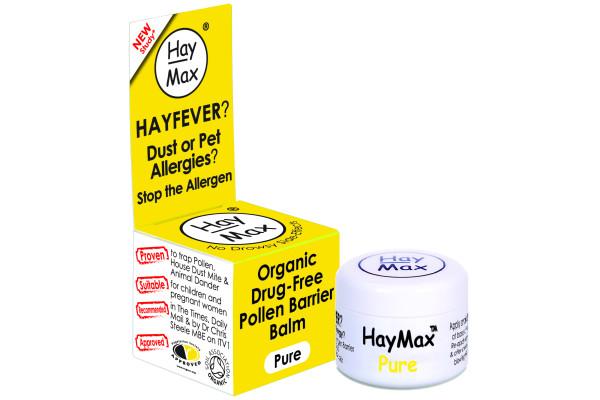
Aside from tablets, sufferers can use barrier products, such as balms that you put underneath your nostrils, on your next trip outside. She suggests visiting your local pharmacist who can help you find the best medication and barrier products for you.
“Often you need a combination of products, for example, antihistamines with a barrier product or a nasal spray. People sometimes have to experiment to get the best medication for them as individuals.”
Antihistamines are often the most effective medication at preventing your symptoms. Dr Adams-Groom explains they work by suppressing the histamine that is produced in the mast cells inside your nose when pollen hits them.
"However, with all products, you can get breakthrough symptoms when the pollen gets very high, in which case it is helpful to use another product as well and do your best to stay indoors," she says.
How can you minimise discomfort?
Dr Adams-Groom says that being inside with the doors and windows shut is beneficial to hay fever sufferers as it will prevent pollen from entering.
She recommends changing clothes if you’re coming from the garden indoors, and wiping pet fur down with a damp cloth to catch the pollen.
“If you have to go out, wear a mask to prevent the pollen from entering your nose and wear sunglasses to keep the pollen out of your eyes and ensure windows are closed and air-con is on when travelling in a car,” she says.
Is there anything you should avoid?
If you suffer from tree pollen, then some foods are worth avoiding to prevent cross-reactivity, also known as oral allergy syndrome.
According to Dr Adams-Groom, you should steer clear of almonds, apples, apricots, carrots, celery, cherries, hazelnuts, kiwis, parsley, peached, peanuts, pears, plums and soya beans, particularly if you have a birch tree allergy.
Are there any products that can help?
Rather than just put up with the discomfort hayfever causes, there are plenty of products that can help whether your issue is itchy eyes, a runny nose, redness or all of the above.
According to the NHS, a beclometasone nasal (nose) spray can help to bring down inflammation of the inside of your nose caused by hayfever. Try this beclometasone hayfever relief nasal spray (£4.99, Chemist-4-u.com) to effectively combat sneezing and a runny nose. To apply, use two sprays in each nostril twice a day.
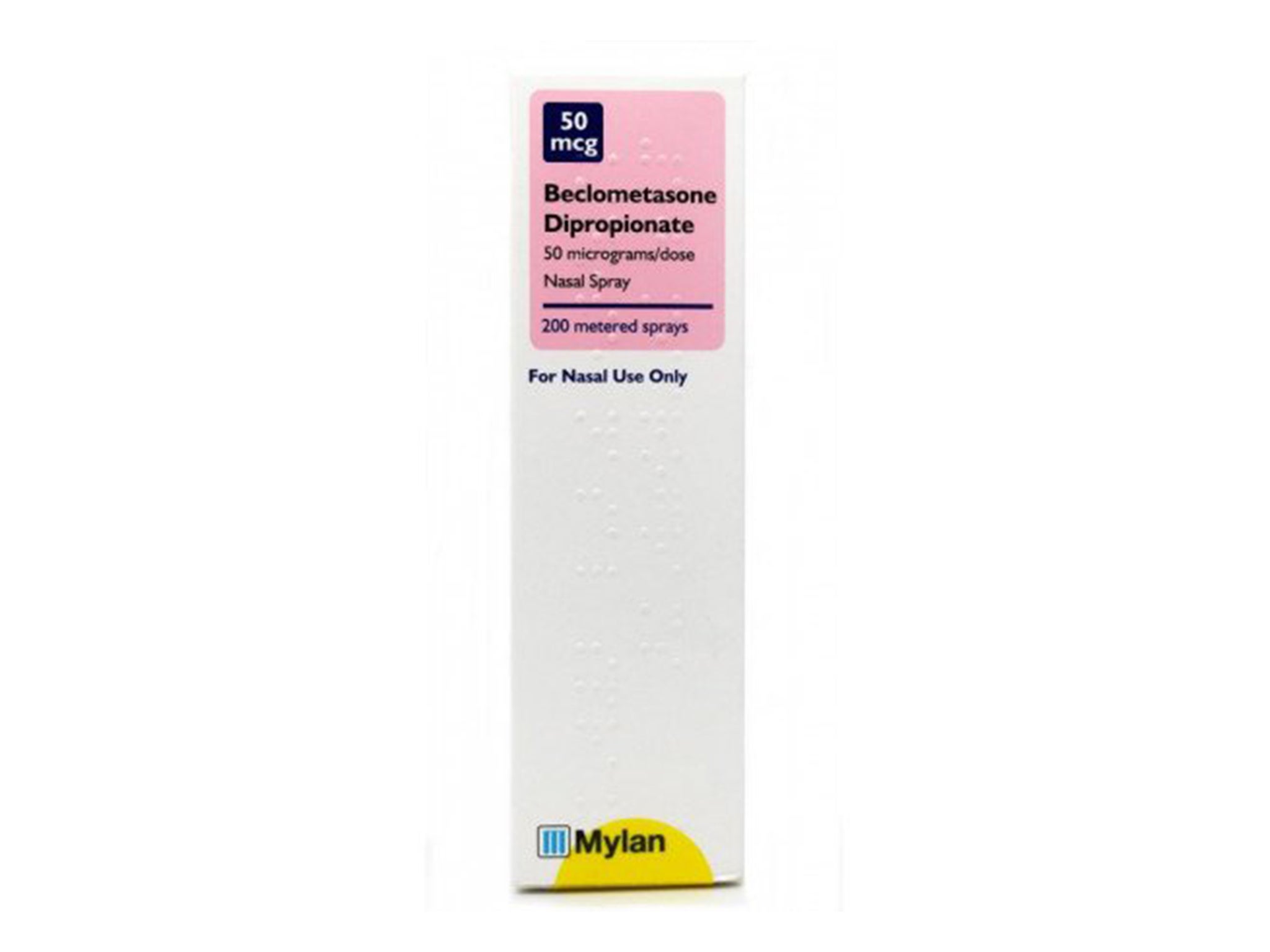
For your home, this HoMedics totalclean air purifier AP15 (£89.99, Amazon.co.uk) helps to reduce pollen, dust mites and airborne allergens that may already be in your house or being brought in by your pets.
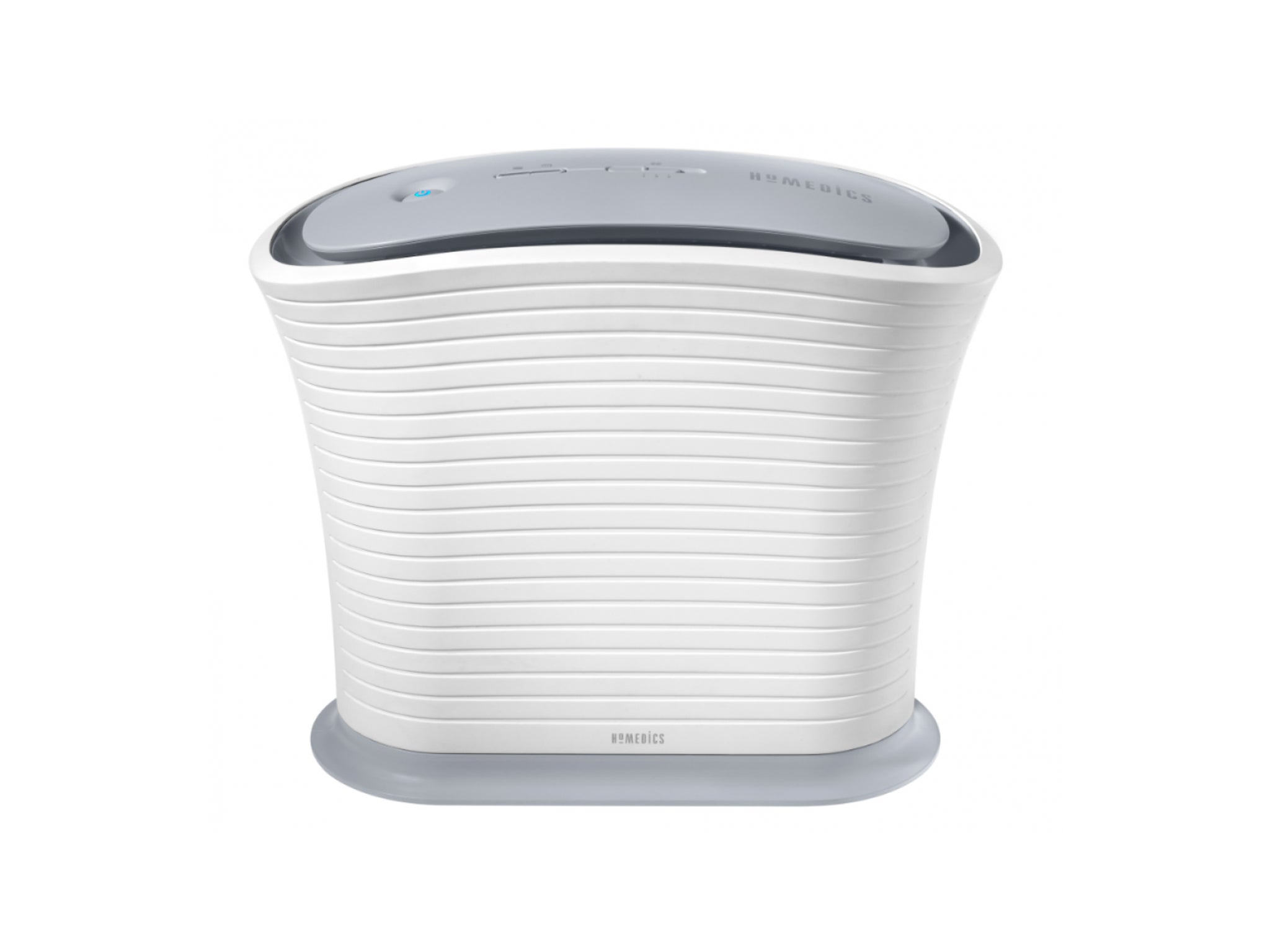
There are three speeds – low, medium and high – and it comes with a three-year guarantee, while the filter will only need replacing every 18 months.
Alternatively, our favourite air purifier is the Blueair blue pure 411 air purifier (£128.02, Amazon.co.uk). Founded in Sweden, the brand has a whole range of products. This particular model is small but powerful and designed for smaller rooms of up to 15sq m. Our writer praised its simple setup with one-button control – you just need to plug it in and turn it on.
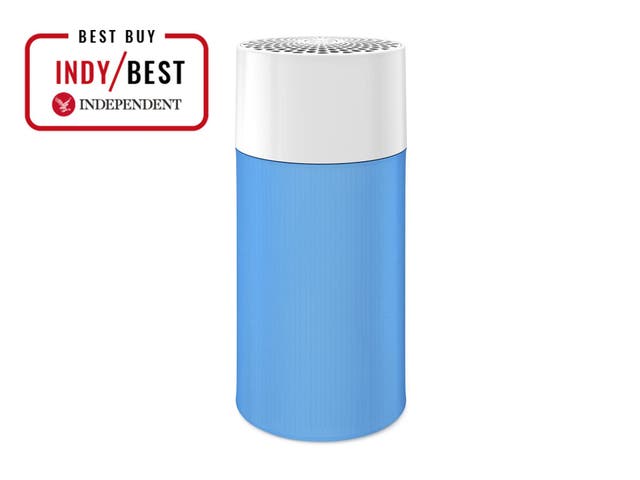
With three speed settings, this is a no-fuss purifier that completely filters room air every 12 minutes. Our reviewer noted that the air was fresher to breathe, and in particular, it removed cooking smells when placed in the kitchen. Thanks to the 1.5 watts of power, it’s very energy efficient if you’re going to have it on for long periods of time.
To soothe itchy, watery eyes and relieve redness, try these Boots hayfever relief 2 per cent w/v eye drops (£4.99, Boots.com), which will help to alleviate the discomfort hayfever causes.
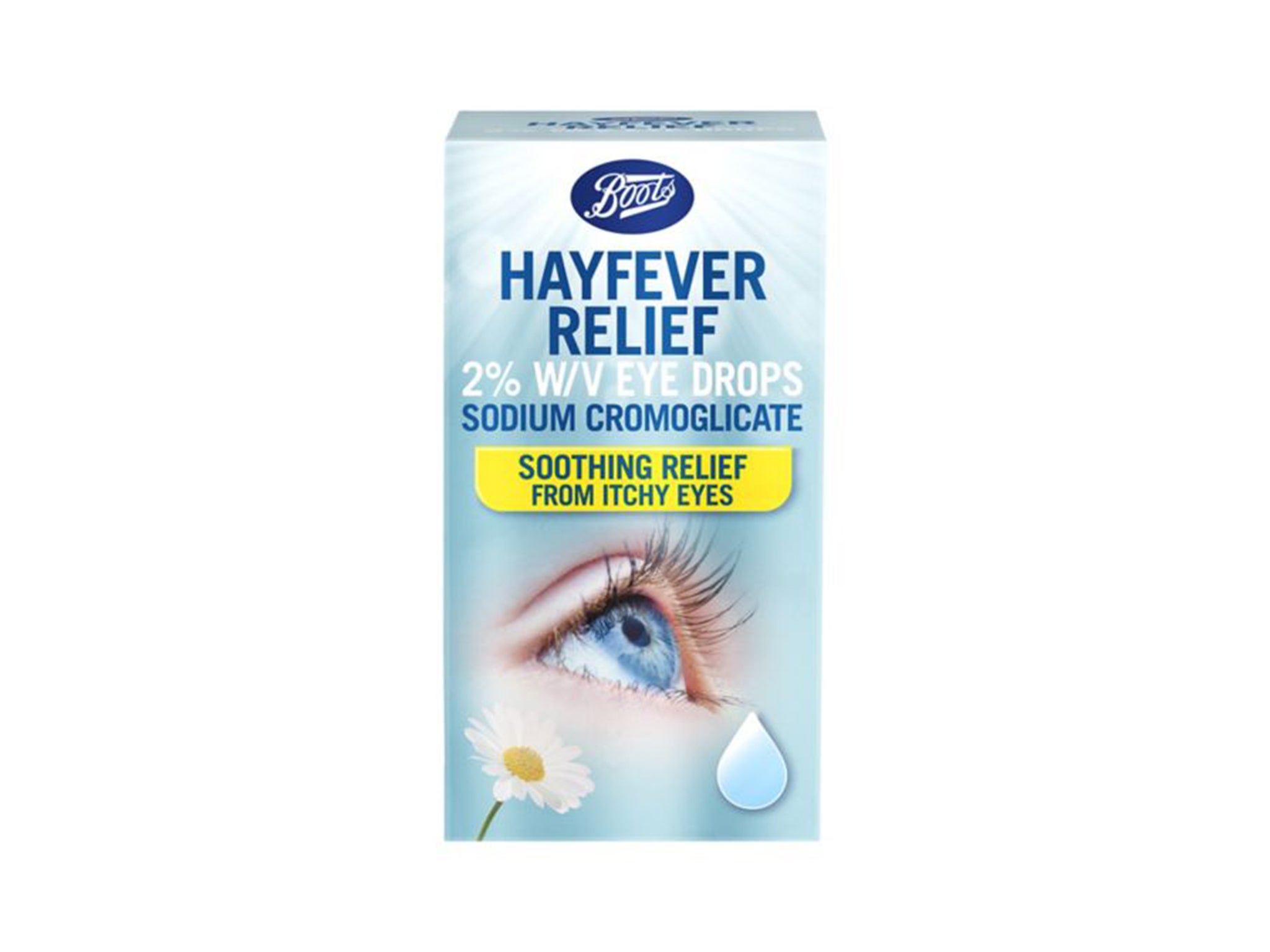
It's recommended to squeeze one or two drops into each eye, four times a day. If you see no improvement after two days of use, contact your doctor who will be able to advise on what you might need.
An eye compress can also be beneficial, particularly if you're struggling with inflammation and swelling. The eye doctor allergy hay fever compresses (£7.49, Amazon.co.uk) are made with a self-cooling fabric and look much like a regular sleeping eye mask with adjustable straps to help keep it securely on your face.
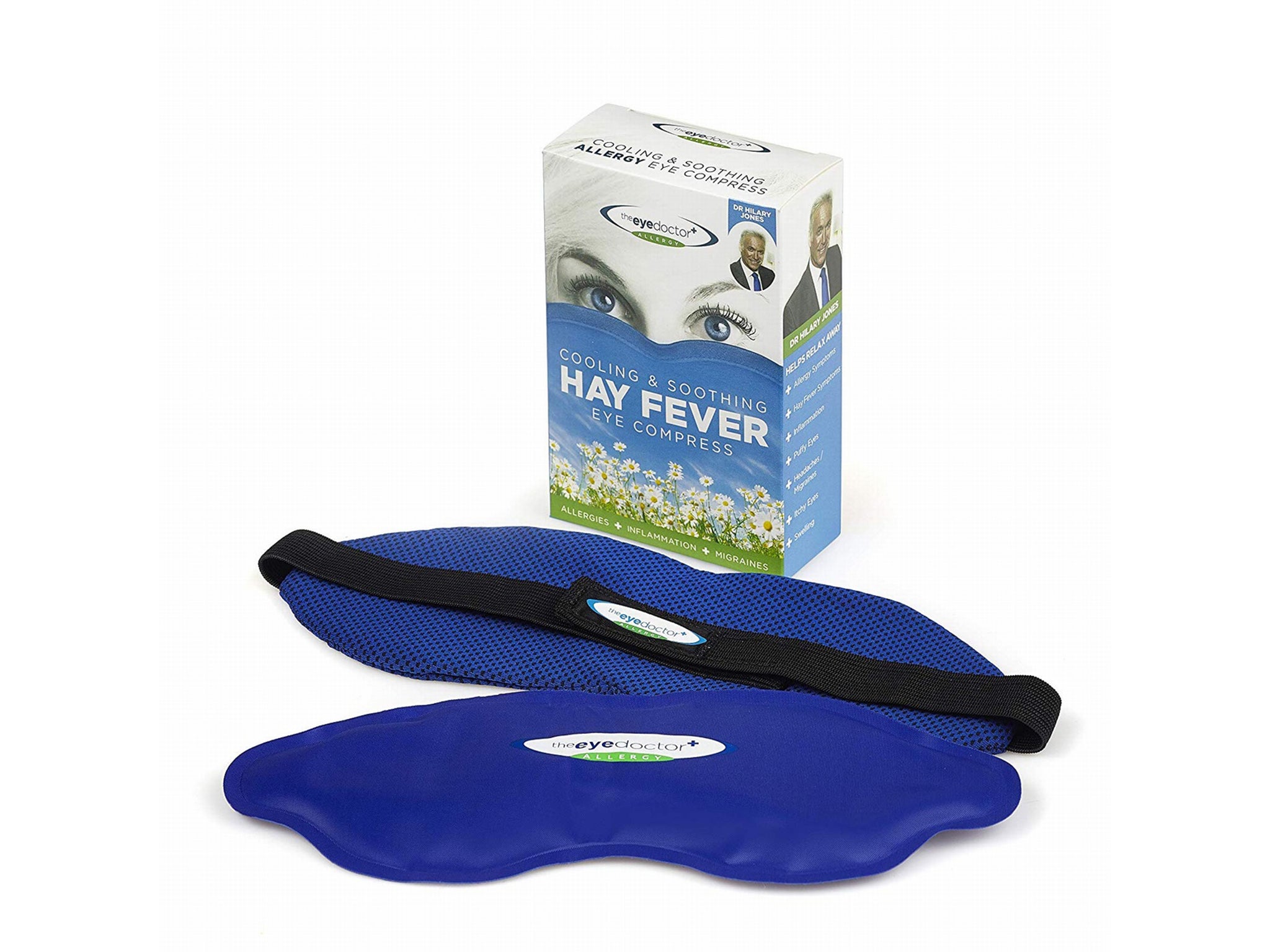
You can put them in the fridge for a few minutes prior to use too.
To help shield your eyes from the pollen in the air, wearing a pair of sunglasses can help. In our guide to the best sunglasses for women, the Le Specs women's air heart sunglasses (£55, Libertylondon.com) came out on top for being both stylish and practical, so you don't have to compromise on either.
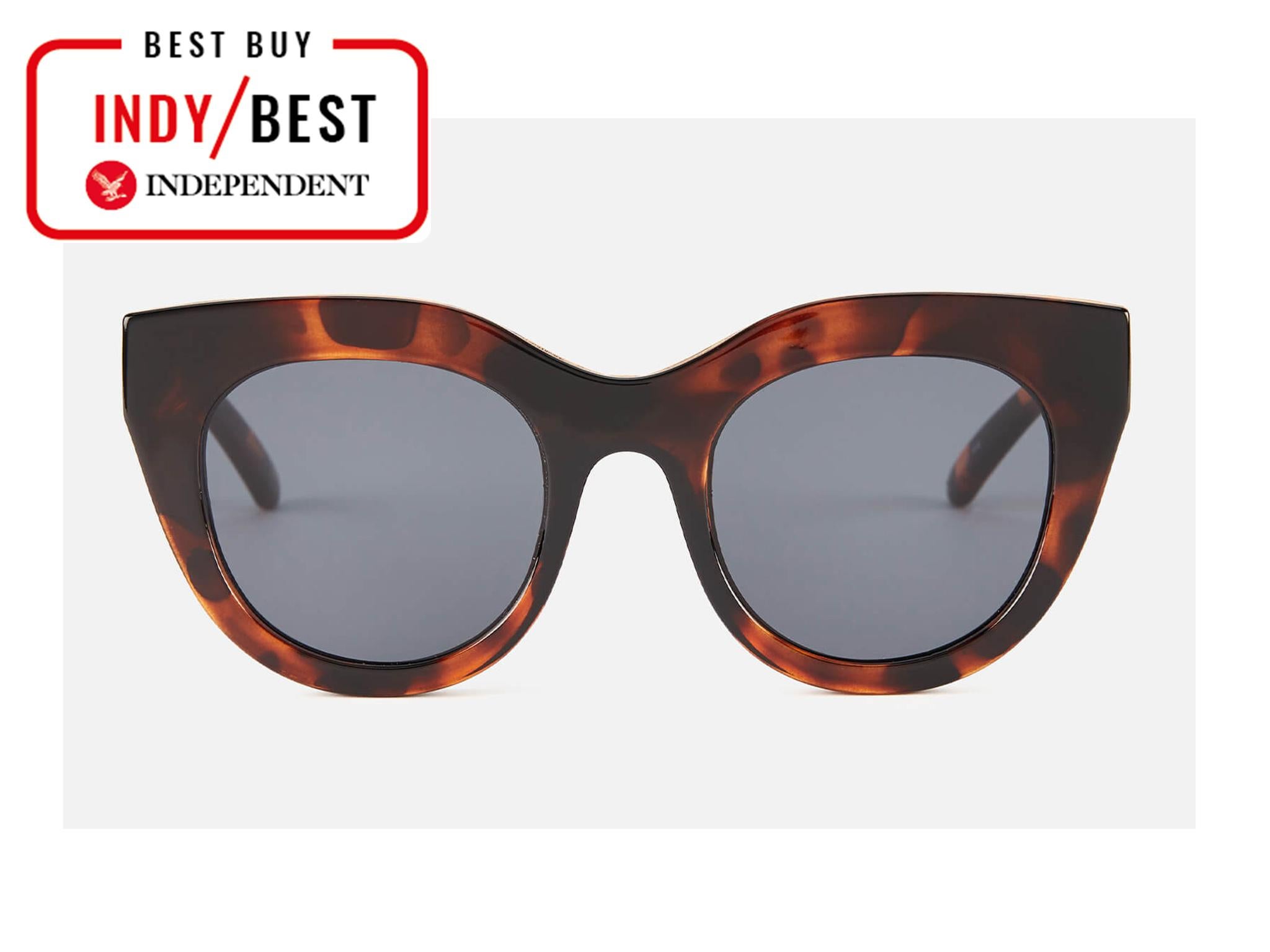
With proportions reminiscent of cat-eye, the thick tort frame and metal top bar inlay made for a sturdy feel, so when you're covering up streaming eyes, you can look good while you do it.
In our guide to men's sunglasses, however, the Cubitts marchmont II sunglasses (£125, Cubitts.com) impressed us the most.
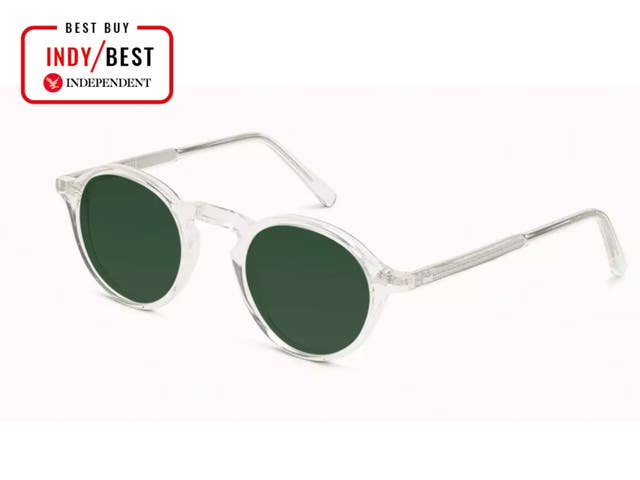
Each pair goes through 50 individual production steps resulting in a reassuringly sturdy build quality, and they come in a small, regular and large size, so you’re guaranteed a great fit.
These Nuage hayfever relief allergy wipes (£1.99, Superdrug.com) can also be used to remove and trap pollen, dust or other irritants that may be on your skin.
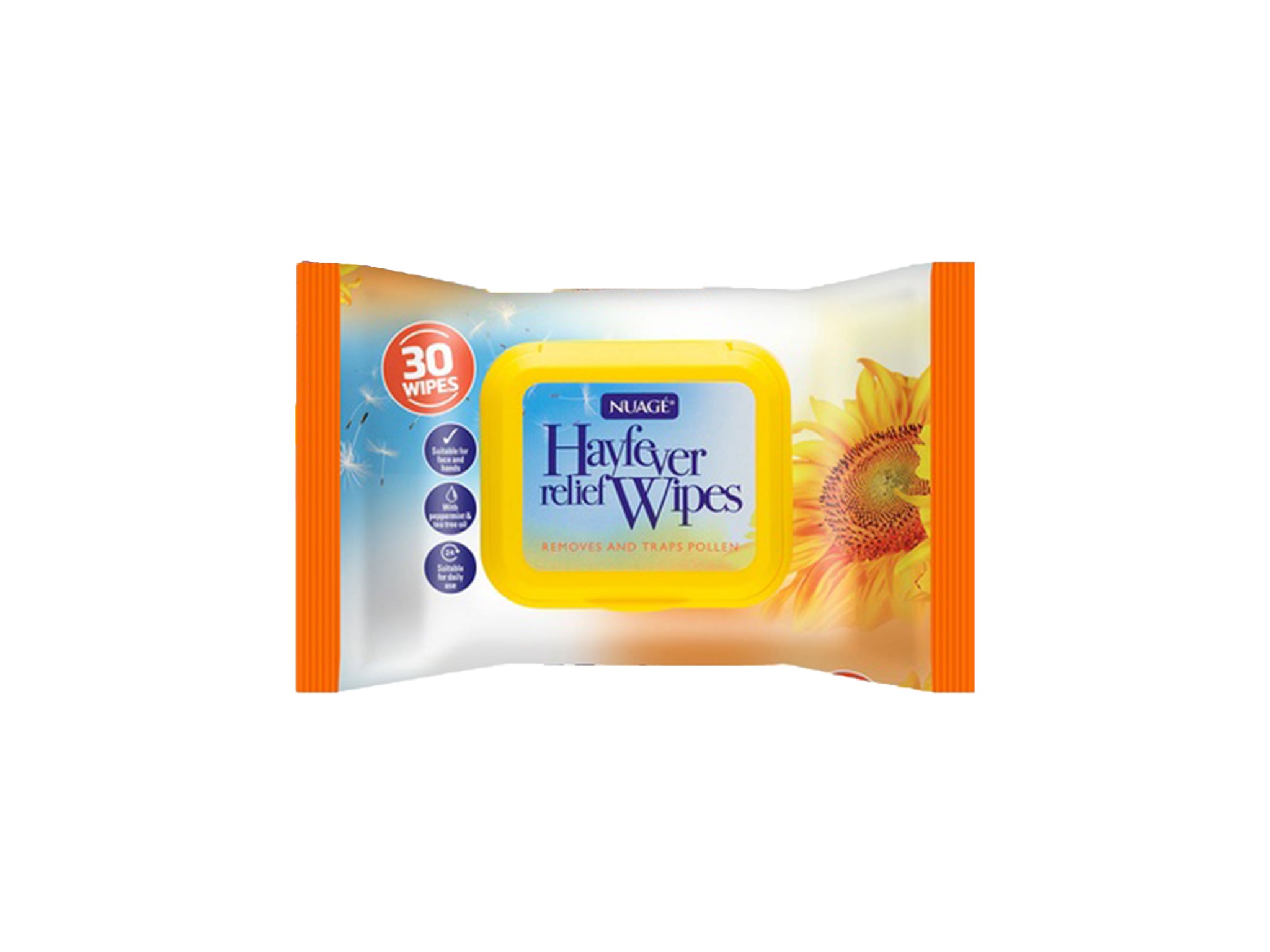
They can also help to reduce swelling around the eye area.
Cannabidiol (CBD) may also be an effective choice, thanks to its anti-inflammatory properties. This Botanics simply calm hydrating serum with cannabis sativa (hemp) seed oil (£11.49, Boots.com) is a handy product to add to your skincare regimen.

It will soothe stressed skin while reducing redness and blemishes with regular use and is fast-absorbing, so won't leave an oily residue.
Another option is changing your bedding since natural fillings, such as down and feather, can cause itching and irritation, and the dander materials in some casings can exacerbate hay fever symptoms.
In our guide to the best hypoallergenic pillows, the Soak & Sleep single pillow (£16, Soakandsleep.com) was a stand-out thanks to having “a level of luxury that the others just didn’t come close to.”
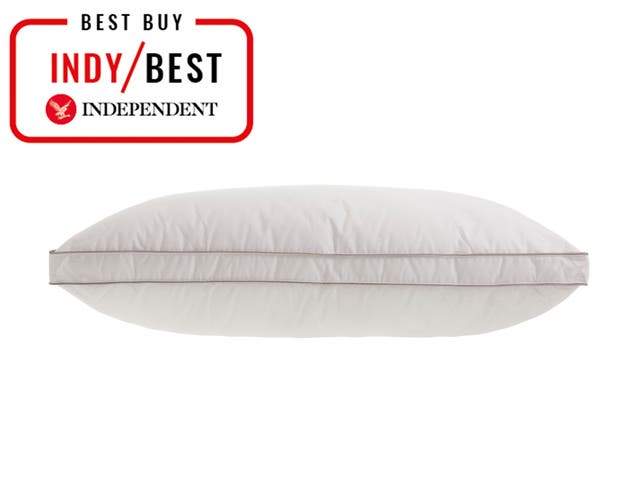
The height of the pillows was the largest when compared to the others in the round-up, and our writer noted that “you will feel your head sink into its depths before being cradled by the supportive hollow fibre chamber at its core”.
Voucher codes
For the latest discounts for healthcare and skincare, try the links below:
Looking for ways to update your garden? Find plenty of reviews in our dedicated home and gardening section